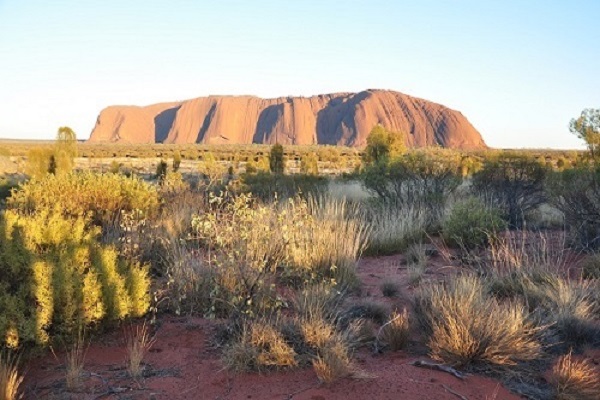1. The term quaternary, division of the quaternary and different approaches to its definition.
2. Milankovič cycles, Quaternary climatic oscillations, Iversen cycle.
3. The influence of other geographical and circulation factors on climate oscillations (thermohaline exchanger, influence of the salinity of the Mediterranean region and the North Atlantic).
4. Main geological and geomorphological processes in the Quaternary (Pleistocene and Holocene).
5. Glacial, glacifluvial and glacilacustrine sediments.
6. Eolian sediments, significance of loess for Quaternary stratigraphy, pedogenetic processes.
7. Fluvial processes in the Pleistocene and Holocene, the importance of river terraces (chronology, geoarchaeology).
8. Vegetation in the Quaternary (Turgayan flora, development of phytocenoses during climatic oscillations).
9. Fauna in the Quaternary (ancient fauna versus fauna of cold fluctuations, main groups of vertebrates and invertebrates and their paleontological and paleoecological significance).
10. The Holocene and cold fluctuations at its beginning, the Atlantic as a climatic optimum, the development of the LVS.
11. Changes in human influence on the surrounding nature during the Pleistocene and Holocene, the importance of studying the Quaternary and Cenozoic periods for the issue of global changes in the natural environment.
12. Possibilities of modeling changes in the natural environment and anthropogenic influences using GIS and numerical models I. (ArcGIS Spatial Analyst, IDRISI Land Change Modeler, GCM).
13. Possibilities of modeling changes in the natural environment and anthropogenic influences using GIS and numerical models II. (SWAT, MIKE environmental models).
2. Milankovič cycles, Quaternary climatic oscillations, Iversen cycle.
3. The influence of other geographical and circulation factors on climate oscillations (thermohaline exchanger, influence of the salinity of the Mediterranean region and the North Atlantic).
4. Main geological and geomorphological processes in the Quaternary (Pleistocene and Holocene).
5. Glacial, glacifluvial and glacilacustrine sediments.
6. Eolian sediments, significance of loess for Quaternary stratigraphy, pedogenetic processes.
7. Fluvial processes in the Pleistocene and Holocene, the importance of river terraces (chronology, geoarchaeology).
8. Vegetation in the Quaternary (Turgayan flora, development of phytocenoses during climatic oscillations).
9. Fauna in the Quaternary (ancient fauna versus fauna of cold fluctuations, main groups of vertebrates and invertebrates and their paleontological and paleoecological significance).
10. The Holocene and cold fluctuations at its beginning, the Atlantic as a climatic optimum, the development of the LVS.
11. Changes in human influence on the surrounding nature during the Pleistocene and Holocene, the importance of studying the Quaternary and Cenozoic periods for the issue of global changes in the natural environment.
12. Possibilities of modeling changes in the natural environment and anthropogenic influences using GIS and numerical models I. (ArcGIS Spatial Analyst, IDRISI Land Change Modeler, GCM).
13. Possibilities of modeling changes in the natural environment and anthropogenic influences using GIS and numerical models II. (SWAT, MIKE environmental models).
